Lyons Legacy Latest – October 2023 Newsletter

What a busy month! Our wonderful training horse, No Better Cat aka Boon, has spent time with the Scottsdale Equine Reproduction Center team receiving training on the phantom in preparation for his upcoming breeding season. He took to it like a fish to water and his swimmers tested phenomenally for both cooled and frozen shipments. If you are interested in breeding your mare to Boon or want more information, click the link below.
While Boon was learning the ropes of standing at stud, Josh travelled to Reflections Equestrian Center in Missouri for a 5-Day Trainers Clinic as well as a 3-Day Riding Clinic. We were blown away by our youngest rider – just 9 years old! These up and coming horse enthusiasts are just as hard working and talented as the adult riders. Following the Missouri clinics, Josh then headed to North Carolina to hold a 3-Day Riding clinic at Michael Lyons Horsemanship. Not only did Josh get to enjoy working on maneuvers and finishing work with the group, but also got to spend time with family. Thank you to both of these facilities for hosting us!
Josh is now enroute to North Dakota for another set of clinics at the brand new and heated Twin Buttes Fairgrounds arena. We are so appreciative to the tribe for allowing us use of their beautiful facility and look forward to some great events!
Our next adventure takes us to Naples, FL! This clinic has space for two more riders and auditors are welcome for just $25/day. Join us for a fun and informative event! Click the picture for more information.
Arizona clinics ready to register riders! Click the picture for info or to register, auditors can sign up by clicking here.
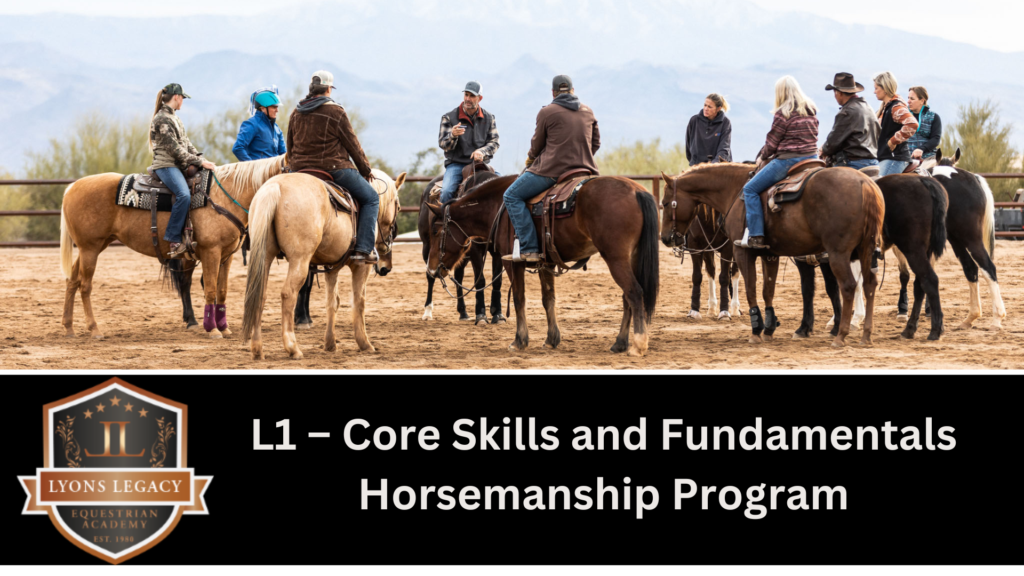
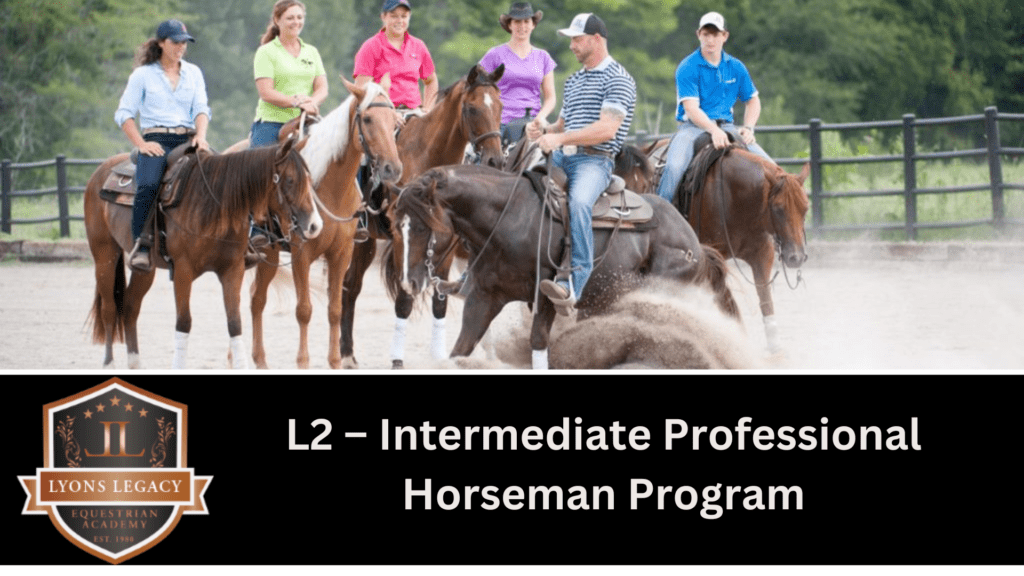
|
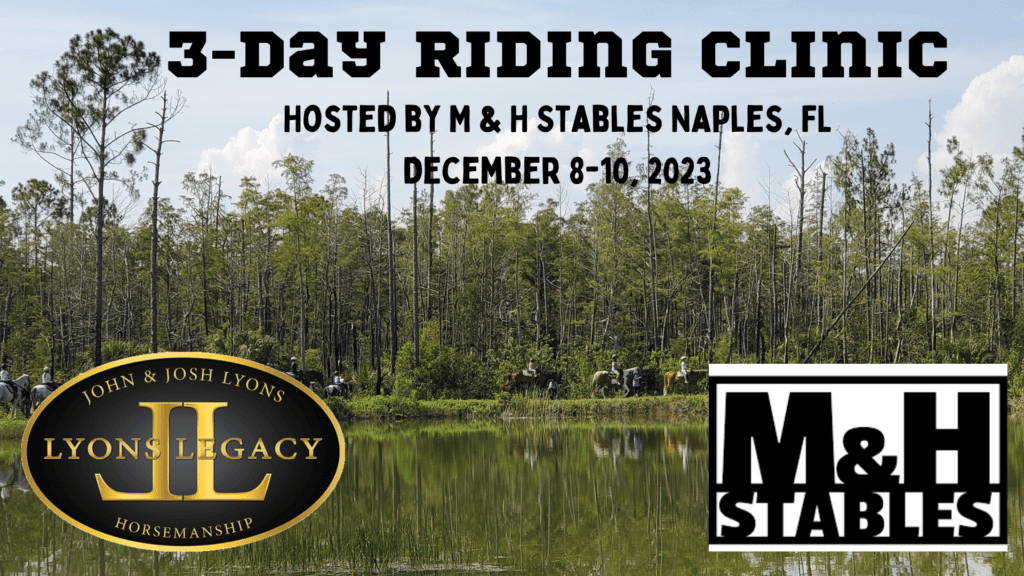
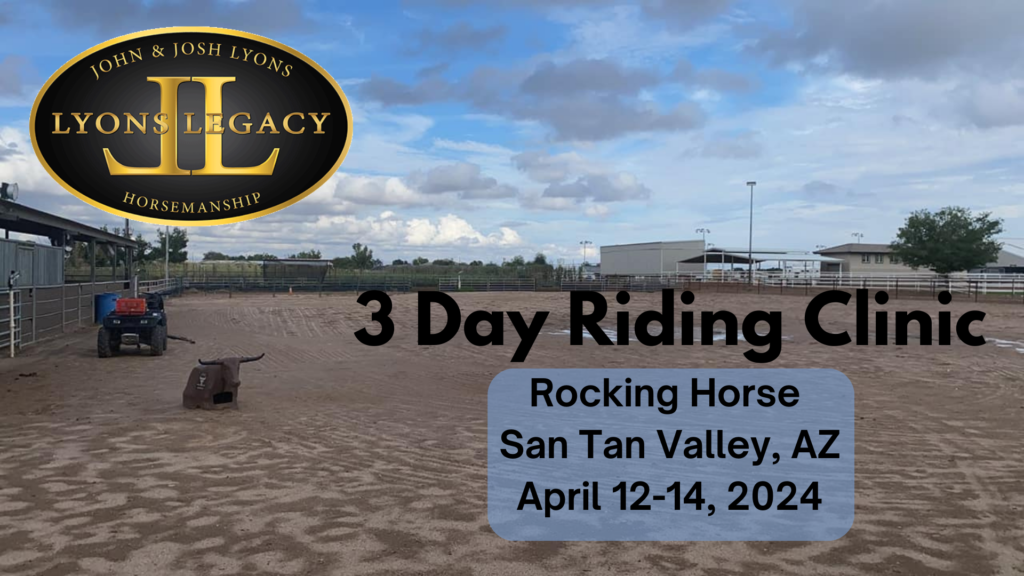
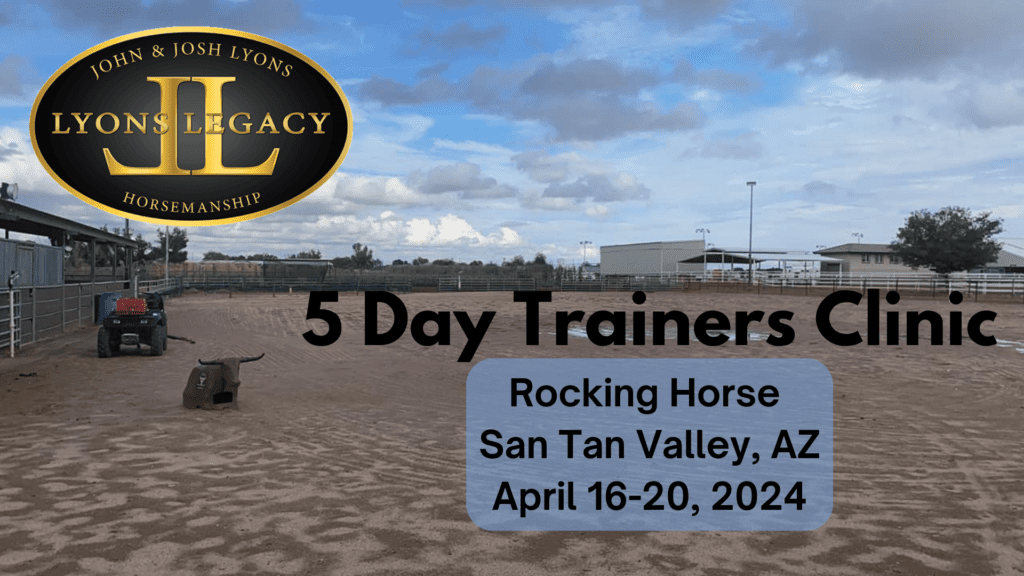

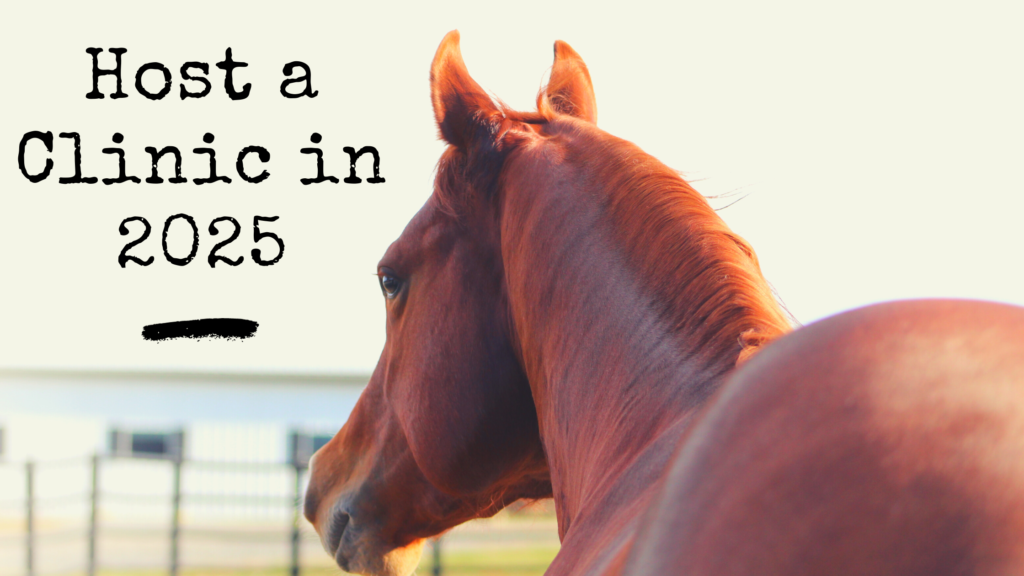
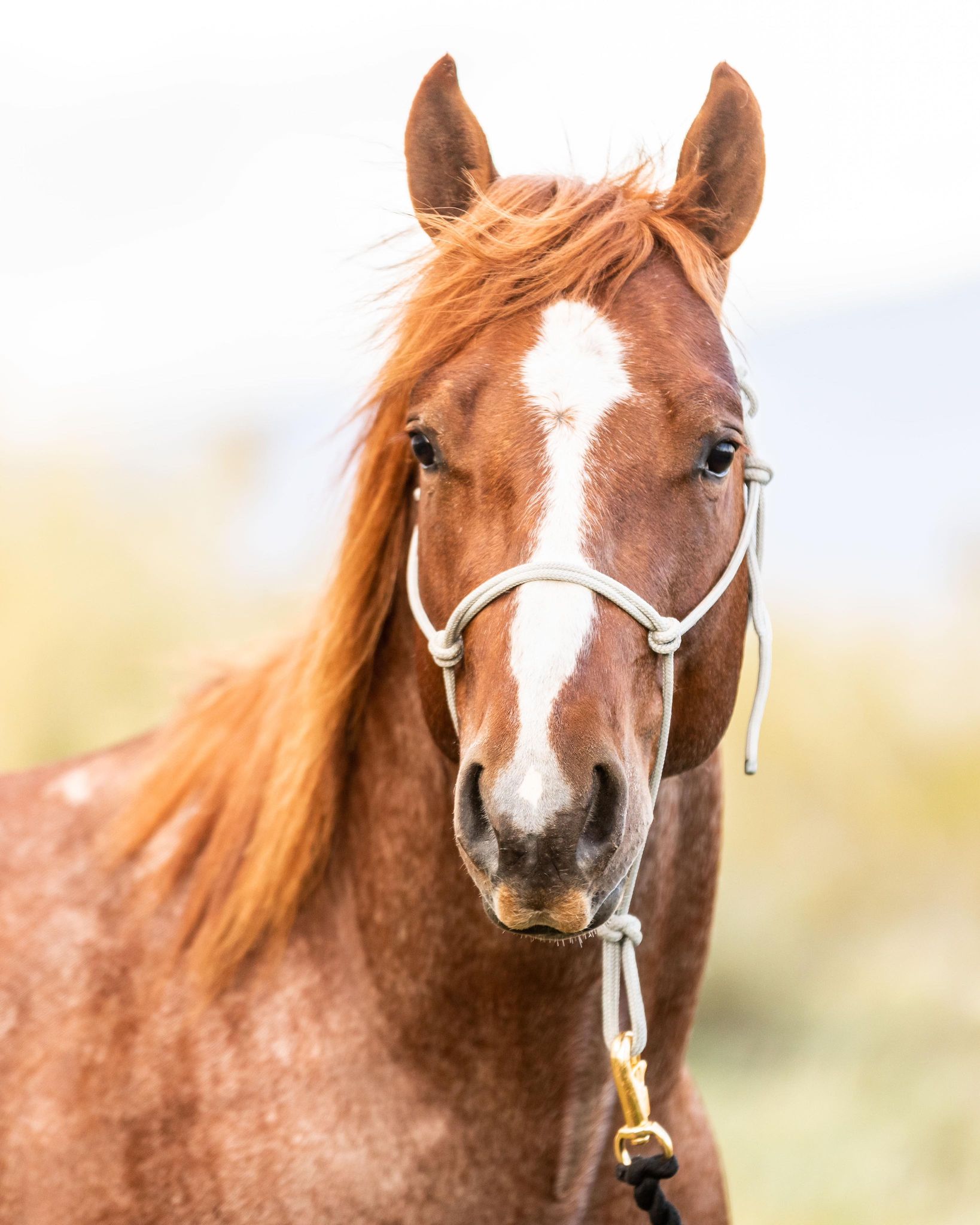
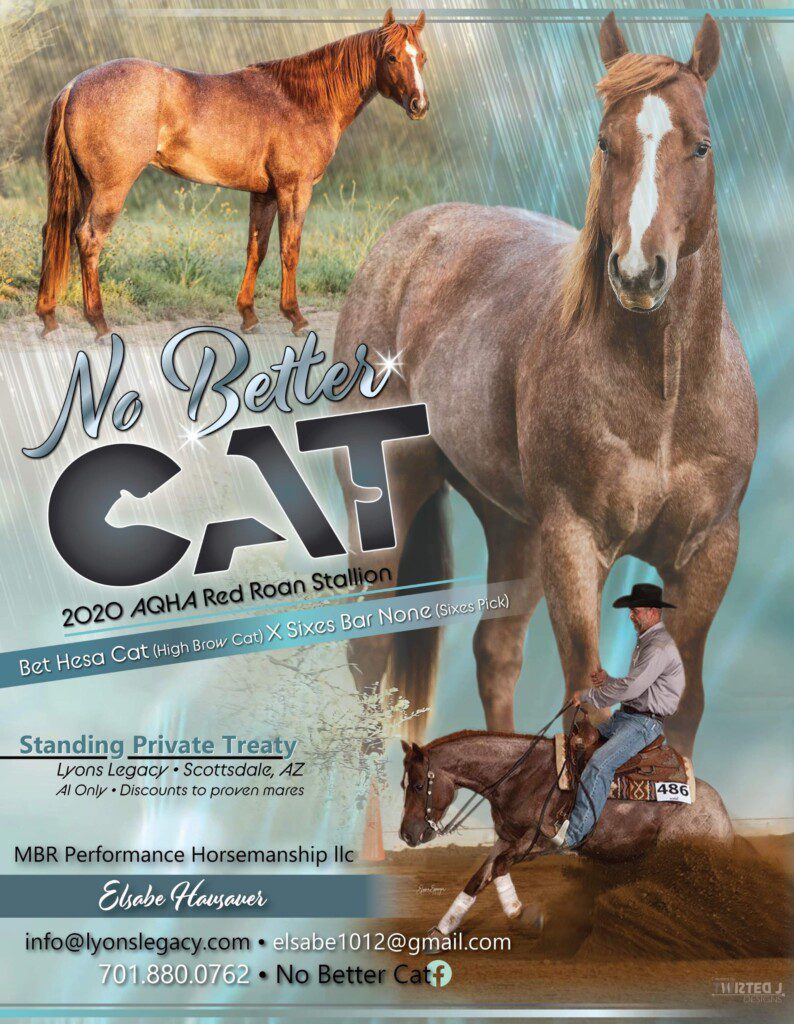
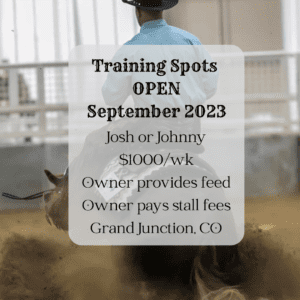
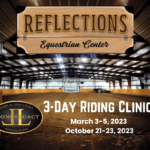
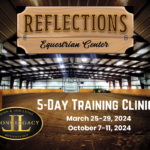

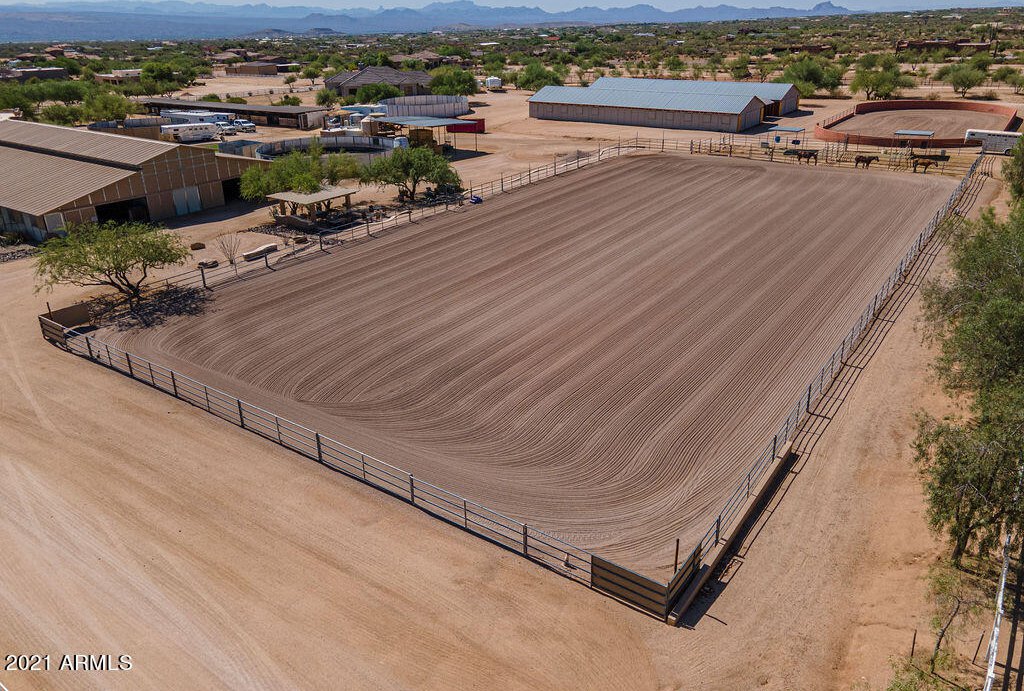
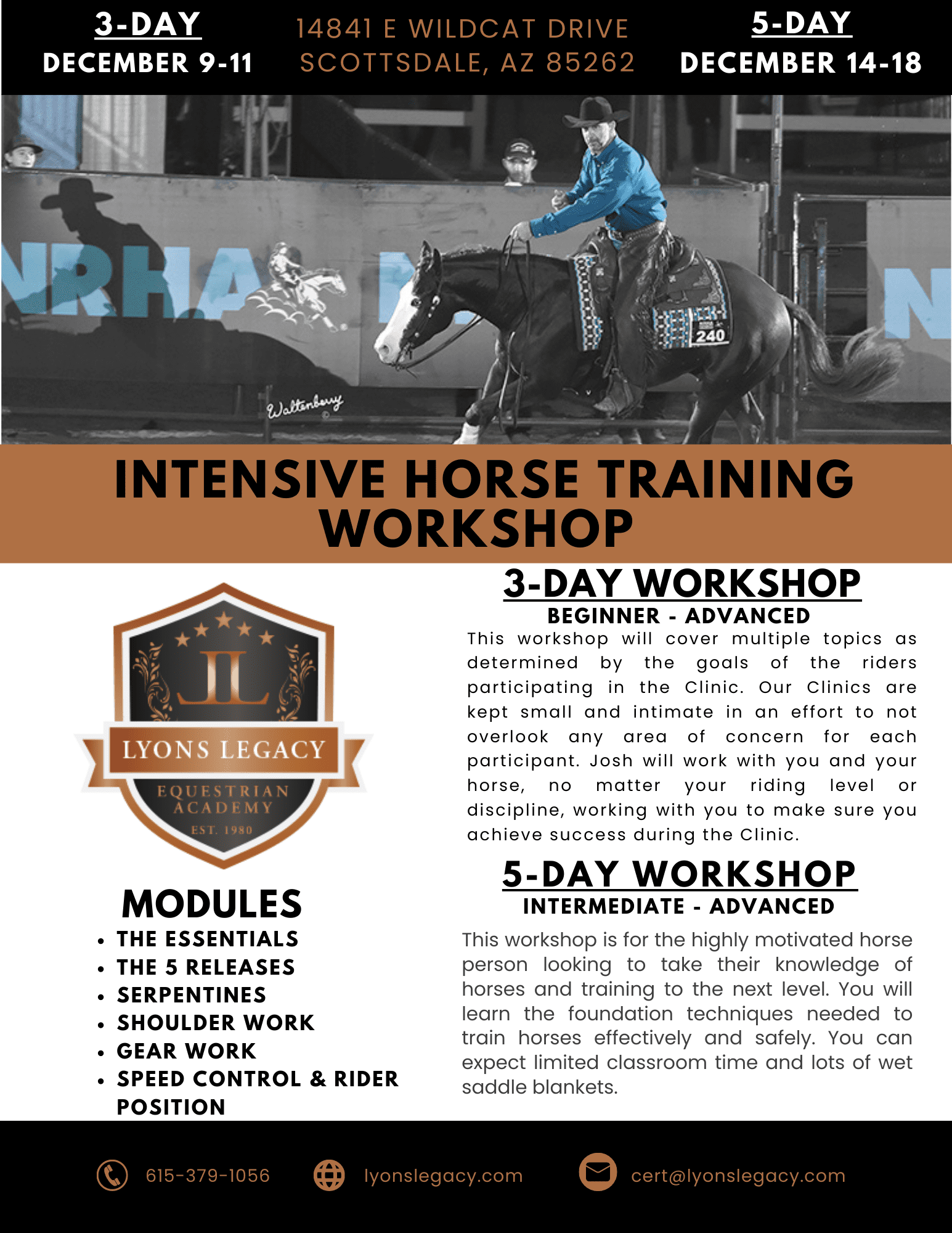
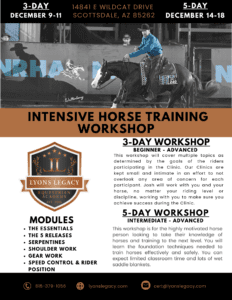
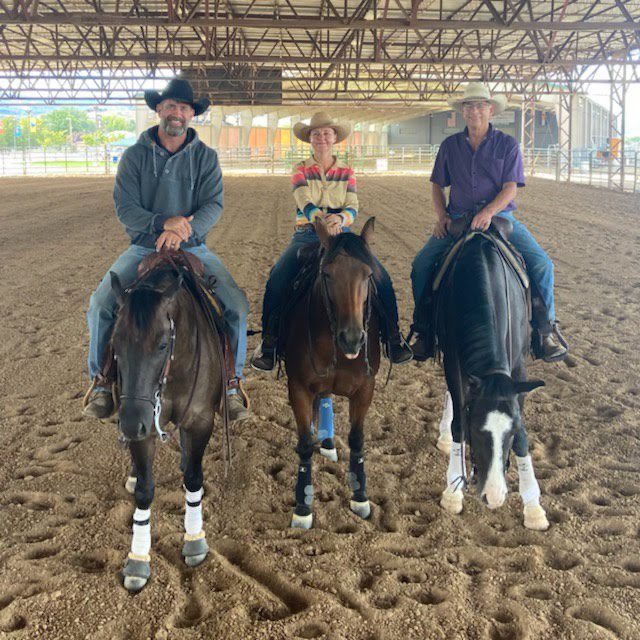
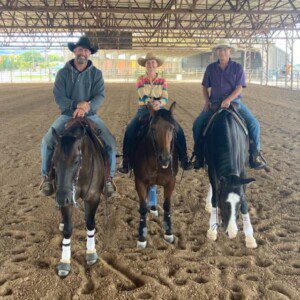
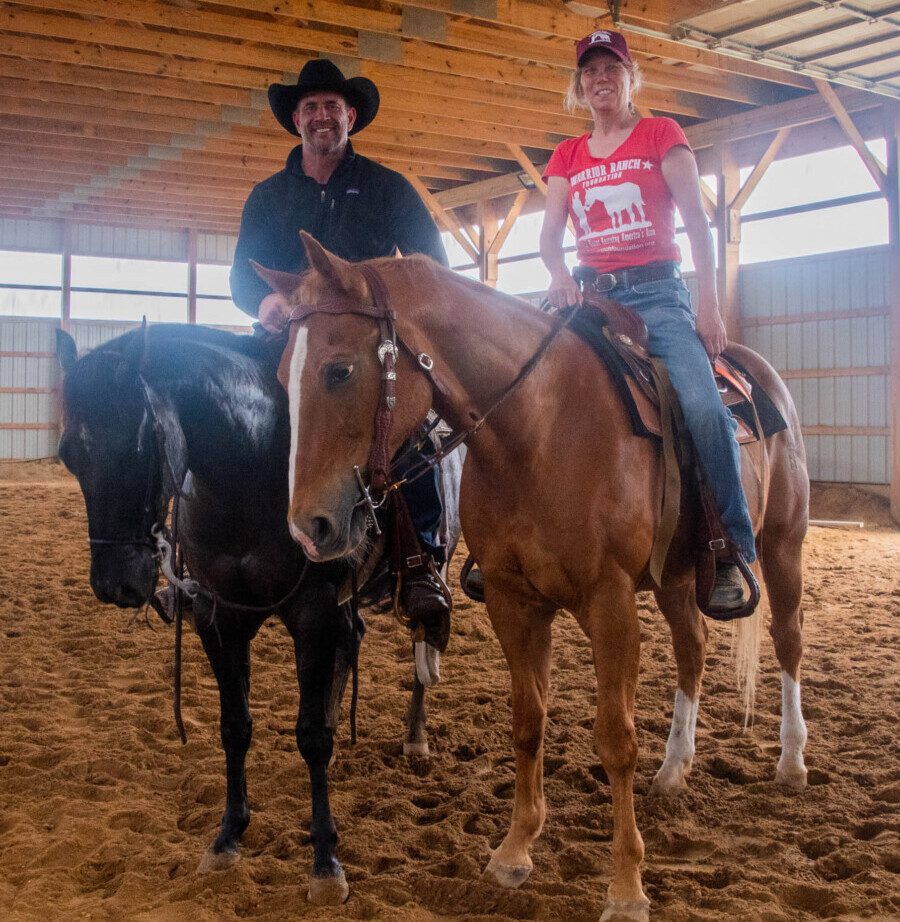
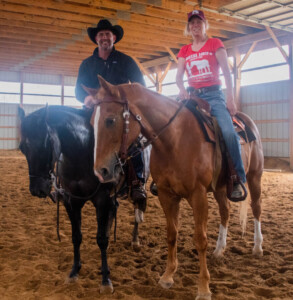 At the Warrior Ranch Foundation, each of the veterans – and the horses – have their own story. The Rhode Island ranch brings them together and with the help of elite horse trainers, helps them to write a new chapter.
At the Warrior Ranch Foundation, each of the veterans – and the horses – have their own story. The Rhode Island ranch brings them together and with the help of elite horse trainers, helps them to write a new chapter.